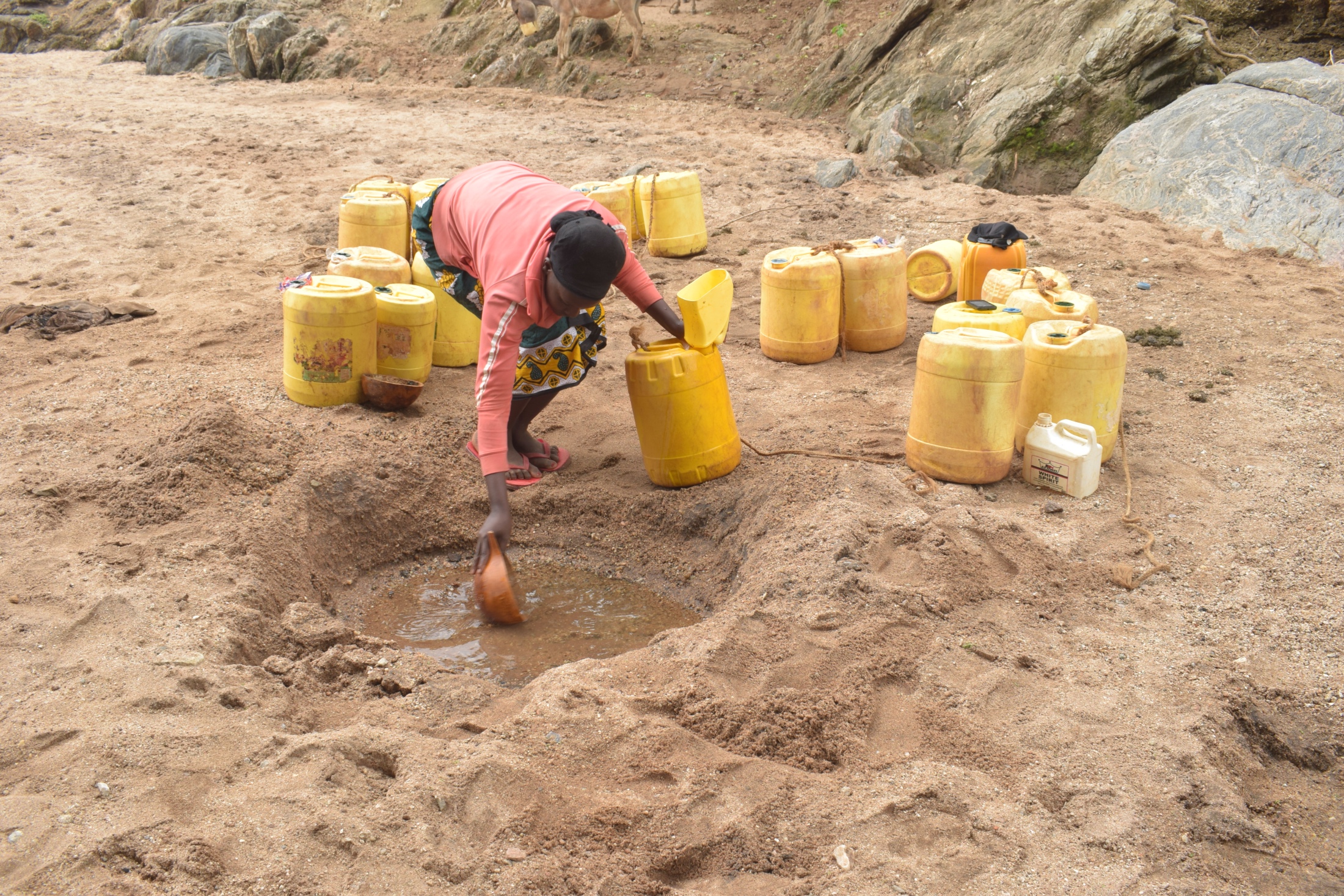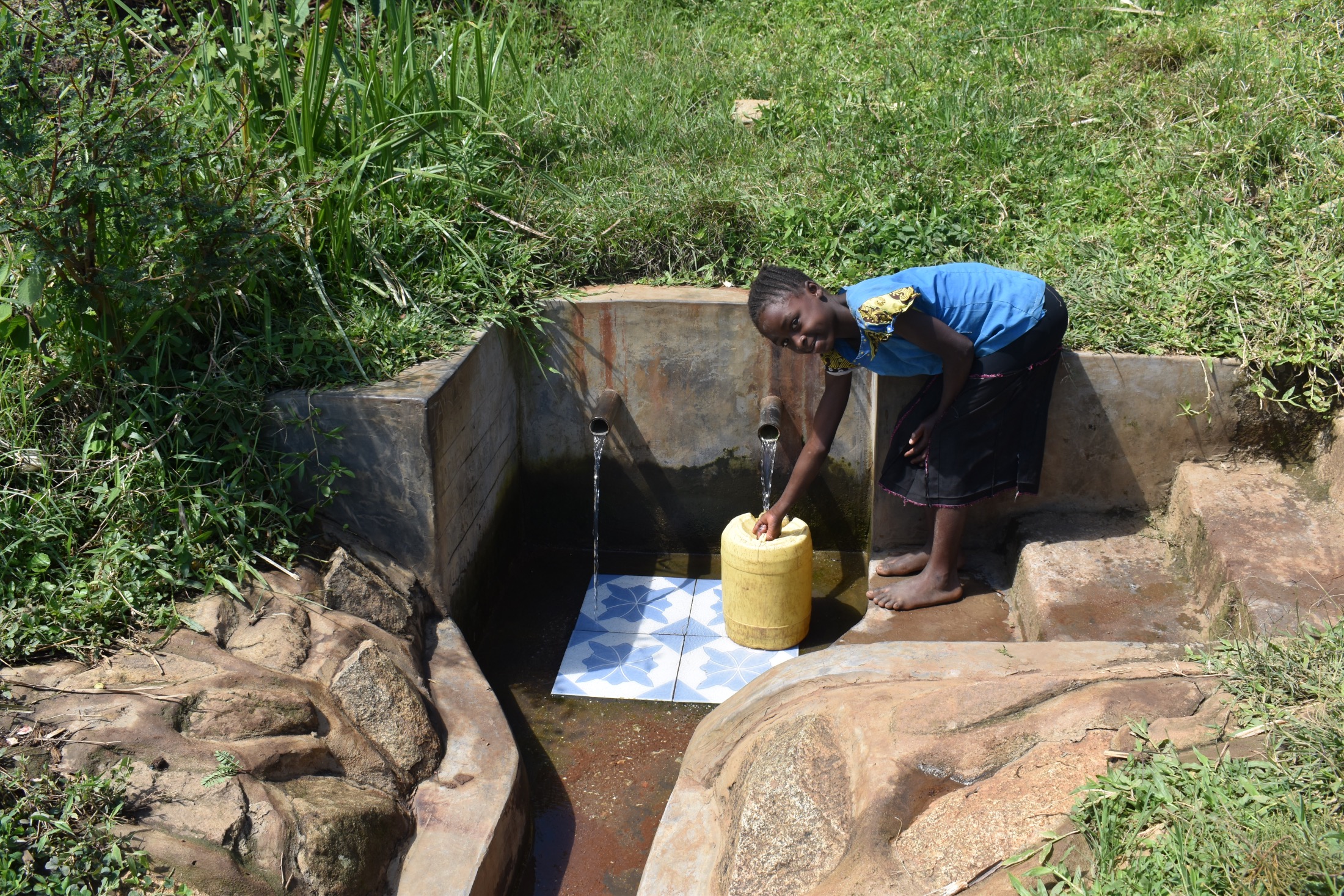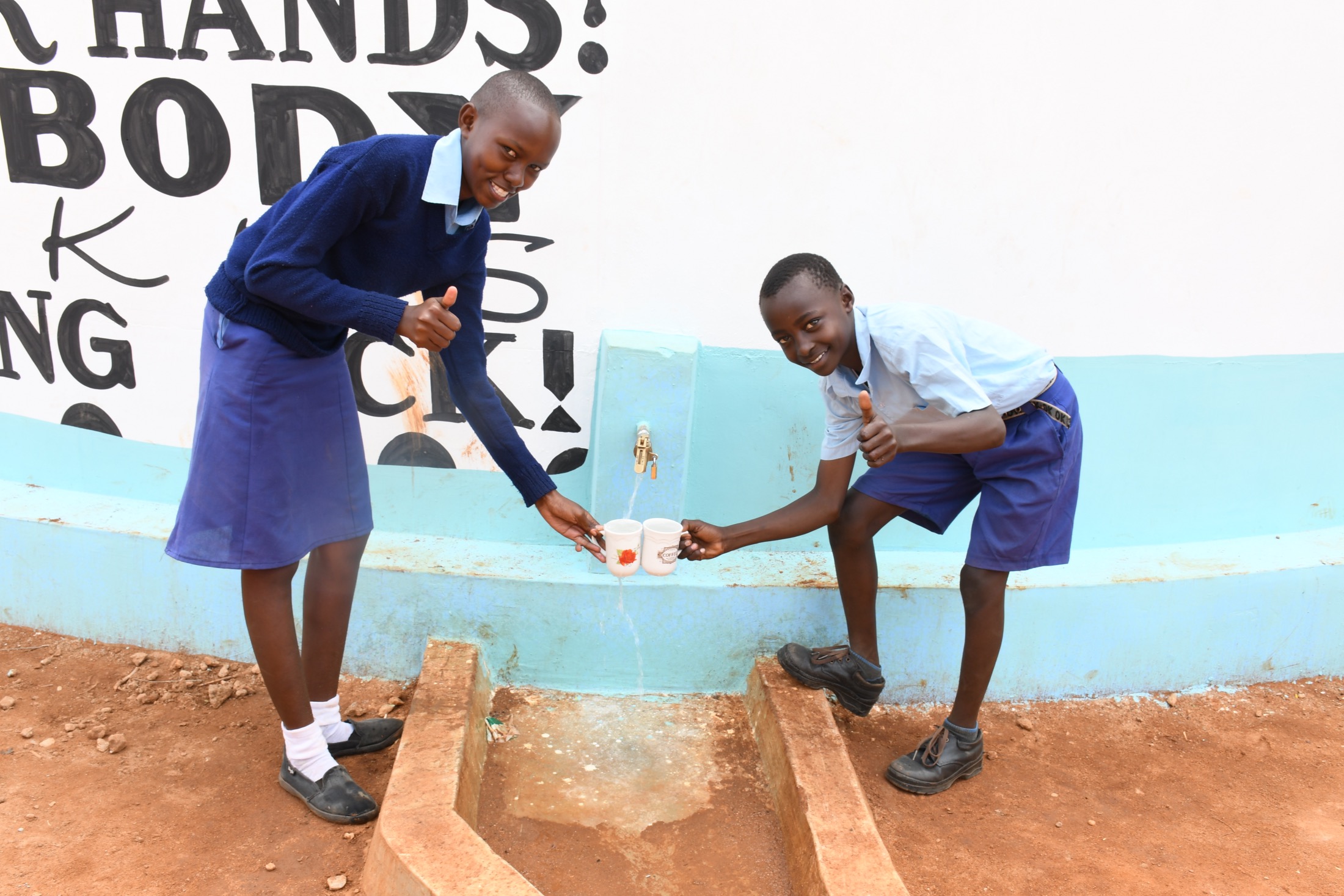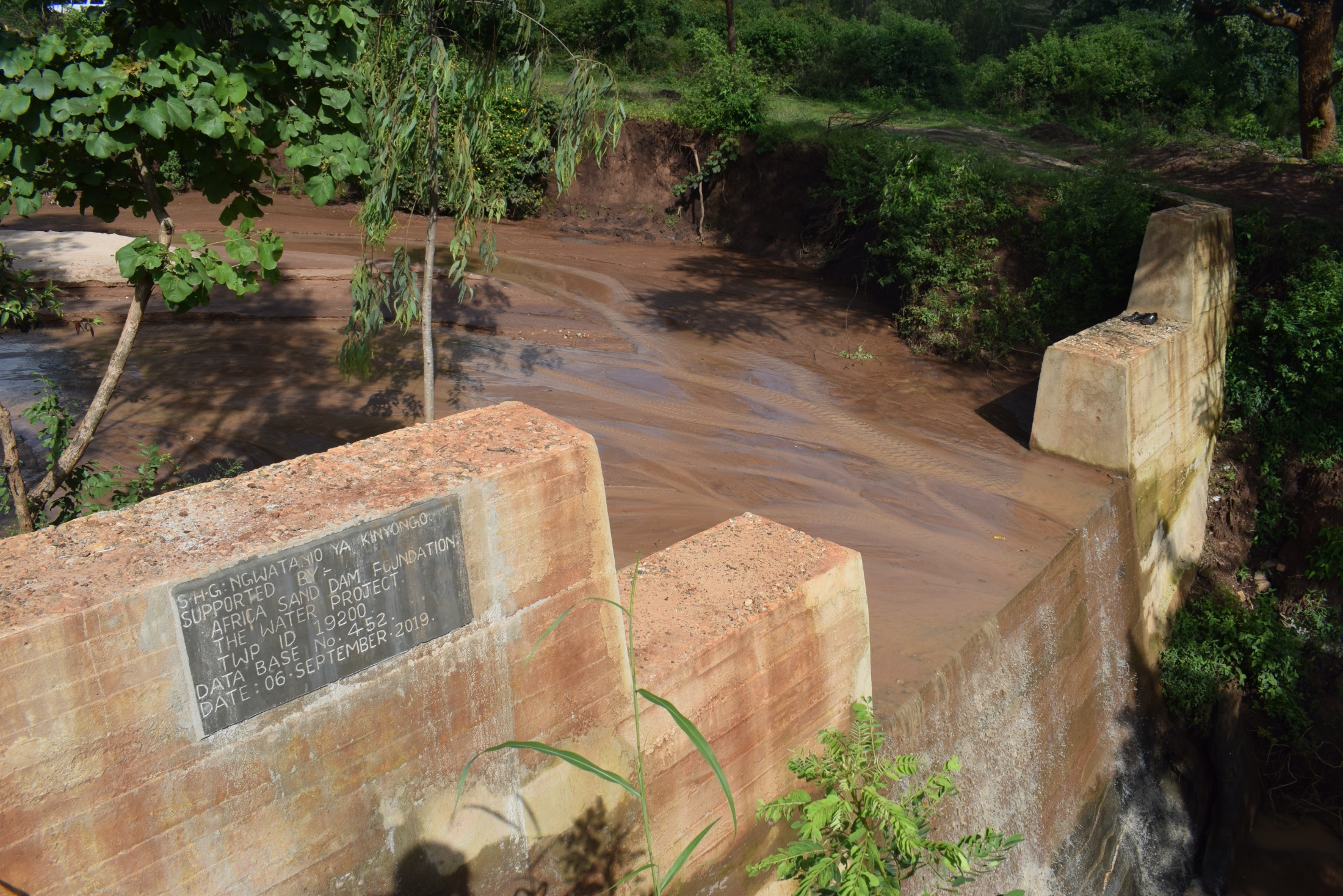Context matters to achieve safe water for 1.6 billion people

More people around the world have access to safely managed water than ever before. The percentage of people with safe water at home increased from 70 percent in 2016 to 74 percent in 2020, according to a new report from the UN’s Joint Monitoring Program.
But there is still more work to be done. The rate of progress must quadruple to meet the SDG globally.
Some 1.6 billion people still do not have access to safe drinking water at home. At the current pace of progress, the world will not achieve the sixth sustainable development goal (SDG) to “ensure availability and sustainable management of water and sanitation for all by 2030.” The issue is even more urgent due to the COVID-19 pandemic.

Fetching water from a protected spring in Western Kenya.
“Handwashing is one of the most effective ways to prevent the spread of COVID-19 and other infectious diseases, yet millions of people across the world lack access to a reliable, safe supply of water,” said Dr. Tedros Adhanom Ghebreyesus, Director-General of the World Health Organization, in a statement.
“Investment in water, sanitation, and hygiene must be a global priority if we are to end this pandemic and build more resilient health systems.”

Students fill up their glasses with water from their rainwater harvesting tank.
One of the most significant challenges is the fact that there are no simple solutions. When it comes to ensuring that every person in a community has access to a safe and reliable source of water, the answer is dependent on a myriad of factors.
That is why The Water Project installs a wide array of water points. The semi-arid region of Southeast Kenya makes it difficult to drill wells. However, seasonal river beds are transformed through sand dams, and adjacent hand-dug wells allow community members to access the water stored in the sand. The availability of water transforms sandy hills into a verdant landscape filled with thriving gardens.

Water flows over a new sand dam as it begins to fill with sand that will hold water for community members to access through the dry seasons.
It is the opposite case in Western Kenya, where there is often plenty of rain. So, The Water Project installs rainwater harvesting tanks at schools and protects natural springs in communities. And in Sierra Leone, where there is a higher population density, borehole wells are the best solution to reach more people. They are also necessary because shallow hand-dug wells in the region are running dry due to climate change.
In three places, The Water Project implements different solutions. And that is only the beginning.

A local team member gathers real-time functionality data at a spring.
We monitor each of the water points we support to make sure that they are working correctly. If something breaks down, we are prepared to provide the necessary support so that it is repaired. Monitoring also is a way to learn. That is how we discovered the fact that shallow wells in Sierra Leone were running dry, but deeper boreholes were not. It is also what helped us respond to issues with a few springs in Western Kenya when the region experienced below-average rainfall. These lessons are why The Water Project is again drilling wells in Western Kenya.
We strive to meet the SDG to “ensure availability and sustainable management of water” in every place we work. And we remain committed to complete coverage in our targeted areas, rather than simply expanding to more and more counties and countries.
Home More Like ThisTweet